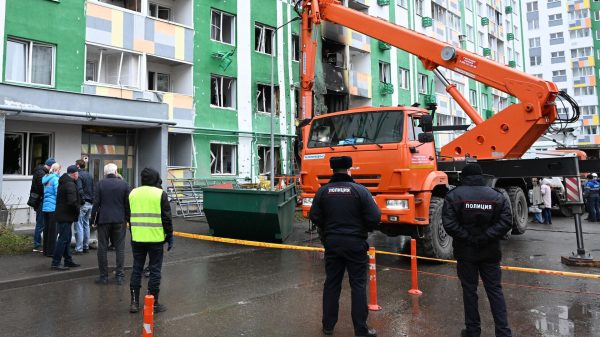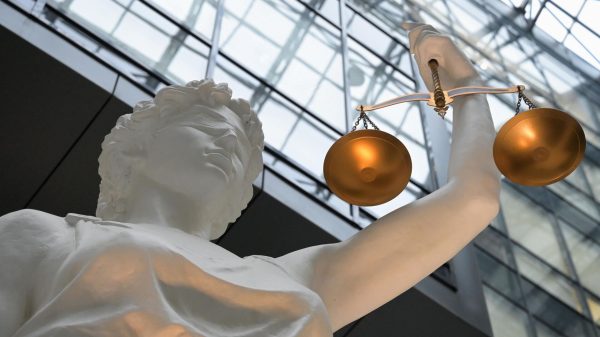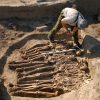Three bases of the monument and a memorial plaque were discovered near Belgrade
Serbian archaeologists made an unexpected and surprising discovery. They discovered, near the capital of the Balkan country, the remains of the Arc de Triomphe, which was built only in exceptional cases for the emperors of the Roman Empire. Researchers at the Archaeological Institute in Belgrade were amazed when they unearthed massive foundations.

Archaeologists in Serbia have excavated an ancient Roman triumphal arch dating back to the 3rd century in the Roman city of Viminatium, located 70 kilometers east of Belgrade.
Viminatium was the provincial capital and military camp of the Roman province of Moesia. The region included much of modern-day eastern Serbia, Kosovo, northeastern Albania, northern parts of North Macedonia and Bulgaria.
Archaeologist Miomir Korac said the discovery was made during excavations on the main street of the capital of the Roman province of Moesia.
“This is the first such triumphal arch in the area,” Korac told Reuters.
The main mystery for scientists was that initially it was not clear to whom the historical monument was dedicated. But when they dug up part of a marble slab with the name of the ruler, carved from almost frozen ground, everything fell into place. The triumphal arch was made for Emperor Caracalla, who grew up in military camps, following his father Septimius Severus on campaigns, and participated in battles from the age of 15.
Archaeologists, based on the material already found, have determined that that the triumphal arch was built at the end of the second or at the latest at the beginning of the third century AD.
According to historical sources, an extraordinary event took place in the capital of Upper Moesia, Viminacium: here Marcus Aurelius Antoninus, better known as Caracalla, was proclaimed Caesar, ruler and successor of his father Septimius Severus in 195, from whom he took the title of Augustus three years later. Researchers claim that the triumphal arch was built on the occasion of an event of great significance for the fate of the empire, and a memorial plaque with the remains of a dedication to Caracalla confirmed their conclusions.
In a statement to the Serbian press, specialist Ilija Dankovic said: “The research plan stipulated that we would first carry out excavations on the main street of Viminacium — Decumanus. We then came to a complex sewer network. Excavations confirmed that there were colonnades on both sides of the street.»
All these archaeological finds were expected until the unusual foundations of some impressive building appeared.
“We were surprised to discover that one section of Viminacium’s main street was missing a roadway. Instead, we came across a square-shaped base made of massive pieces of limestone. We continued our excavations and discovered three more such supports! It became clear that these were the foundations of a tetrapylon, a building on four pillars, with passages on four sides. There was no doubt that this was one of the hallmarks of Roman architecture: the triumphal arch,” explains scholar Saša Ređić.
One of the most visible and influential styles of ancient Roman architecture is the triumphal arch. They were intended to honor victorious generals, as well as important public events, such as the founding of new colonies, the construction of a road or bridge, the death of a member of the imperial family, or the coronation of a new emperor.
The triumphal arch of Viminacium was built in the form of a tetrapylon with the only passage and field for inscriptions above the arched part. Its main dimensions are close to those of the triumphal arch of the Arco dei Gavi in Verona, whose height is 12.70 meters.




















































Свежие комментарии